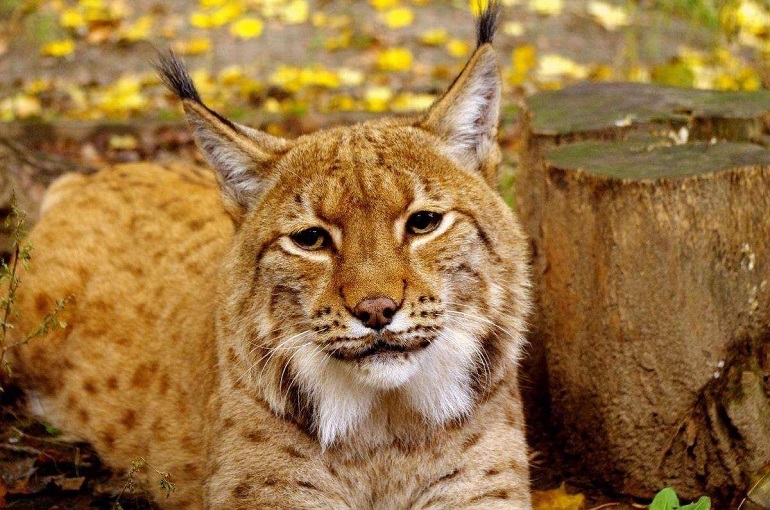Lynx is Back!

The researchers of the Institute of Biology of the UO spotted a lynx in the Stobrawa Landscape Park. The lynx is the biggest European wild cat and the last time this species was seen in the Opole region was in the middle of the 18th century.
The Eurasian lynx (Lynx
lynx) is - after the bear and the wolf - the third largest predator in our
fauna. The lynx leads a lonely and secretive lifestyle, so it is very difficult
to observe it. Until the end of the 18th century, the lynx was considered a
game species in Silesia. In the 1840s, just a few specimens were found in the
Opole forests and those were the last reports about this species from this
area.
For several years now, there have been rumours of seeing a lynx in the Stobrawa
Landscape Park (SPK). In mid-November 2020, our biologist, Dr Grzegorz Kłys, spotted
a moving lynx in the northern part of the SPK at night. In December, an SPK
employee again noticed a specimen of this species in the park.
The lynx population in Poland is estimated at about 220 specimens. Lynx live
only in vast forest complexes. In Poland, the largest lynx sanctuaries are
the Carpathian Mountains, the Carpathian Foothills, the Białowieża Forest, and
the Knyszyńska and Augustowska forests. Small populations of lynx can also be found in Mazovia
and Kuyavia, and the Eastern Roztocze. Some lynx live in the
Napiwodzko-Ramucka Forest, Western Polesie, and Tuchola Forest.
The lynx has been under protection in Poland since 1995. At present, it is a
strictly protected species and requires active protection. It is also protected
throughout the European Union.
At present, the researchers of the Institute of Biology are endeavouring to establish the first national park in our region. The discovery of such a valuable species as the European lynx proves the uniqueness of the area of the Stobrawa Forest, the remnants of the great Silesian Forest, and may help to implement this project.
Text: Miłosz Mazur
Photo:
Marcin Skóra



